Amazing AZ5D25-01M. : Low Harmonic Distortion Audio ESD Protection Solution
Harmonic Distortion and Its Impact on AC Analog Signals
Harmonic distortion is one of the key indicators used to evaluate distortion in AC signals. However, since it is difficult to assess and quantify harmonic distortion from time-domain waveforms (see Figure 1), practical analysis often involves applying Fourier Transform to view signals from a frequency-domain perspective. The resulting spectrum (see Figure 2) becomes a crucial tool for quantifying and discussing harmonic distortion.
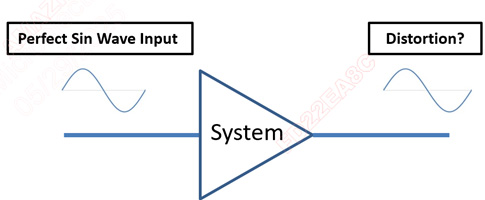
Figure 1. Signal distortion is difficult to assess from the time-domain perspective.
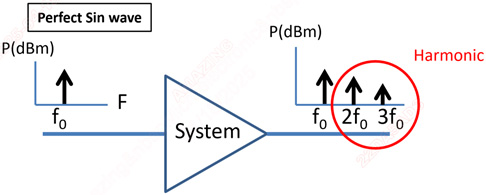
Figure 2. Frequency-domain analysis reveals the harmonic components causing distortion.
For ideal original signals containing one or more frequencies, the emergence of unexpected harmonic distortion results in overall waveform distortion. In AC signals such as audio and antenna transmissions, significant distortion may lead to degraded sound quality or failed wireless data transmission. Therefore, it is essential in engineering design to ensure that the original signal is transmitted without distortion. Among the many factors that cause AC signal distortion, harmonic distortion is a recurring challenge for RF engineers.
Audio Signals and High ESD Protection Demands
High-performance Audio Codec ICs, designed with advanced semiconductor processes, often have limited tolerance to ESD (electrostatic discharge), making ESD events a common cause of functional failures or permanent damage. Since audio ports are frequently exposed to environments accessible to users, they are inevitably subjected to ESD strikes.
Given this scenario, many brand companies adopt ESD Direct Pin Injection testing to ensure their audio ports can withstand ESD events under hot-plug conditions. Suitable ESD protection devices are placed on the audio signal lines to help pass 8kV ESD Direct Pin Injection tests, which also helps reduce after-sales repair rates caused by ESD failures.
ESD Protection Devices and Harmonic Distortion
Due to the inherent semiconductor characteristics of ESD protection devices, high-frequency AC signals passing through these components inevitably generate both odd and even harmonic distortions. Selecting an ESD protection device with significant harmonic distortion can degrade audio quality and introduce product defects.
In compact PCB designs—such as in wearables and handheld devices—if the ESD protection device for audio signals is placed too close to other high-frequency wireless transmission lines, this may further amplify harmonic distortion. In extreme cases, it may even result in audible noise such as buzzing. Therefore, maintaining high-level ESD protection while minimizing harmonic distortion has become a crucial challenge for both RF and EMC engineers.
To address this, Amazing Microelectronic Corp. has developed a methodology to quantify second- and third-order harmonic distortions generated by ESD protection devices. Measurement data is available for ESD devices dedicated to AC signals, helping RF engineers assess side effects from a system design perspective, ensuring ESD protection without compromising signal quality.
Amazing ESD Solution with Minimize Harmonic Distortion for Audio --- AZ5D25-01M.
To achieve both optimal ESD protection and signal integrity, Amazing Microelectronic Corp. developed AZ5D25-01M, a specialized device featuring ultra-low harmonic distortion for audio applications.
Product specifications are as follows:
‧ Package : MCSP0603P2YS (0201)
‧ Directivity : Bi-direction
‧ Reverse Stand-off Voltage : 5V
‧ Decouple Capacitance : 33pF
‧ ESD Clamping Voltage @8kV : 7.8V
‧ IEC61000-4-2 System ESD : 20kV (Contact), 24kV (Air)
‧ Surge Ipp (8/20us) : 4A
The AZ5D25-01M uses an ultra-small 0201 package to meet the compact space requirements of wearable and handheld devices. To protect advanced-process Audio Codec ICs from ESD damage and pass stringent Direct Pin Injection tests, it delivers an ultra-low clamping voltage of just 7.8V under 8kV ESD, ensuring optimal protection.
Alongside excellent protection, the AZ5D25-01M—thanks to its specially engineered design—generates extremely low levels of harmonic distortion. As shown in Figures 3 to 6, the device produces only minimal second- and third-order harmonics across various fundamental frequency bands. Under typical low-power use conditions, the observed distortion on a spectrum analyzer is often at the noise floor level. These results help RF engineers evaluate side effects with confidence. Thanks to its unique design, the AZ5D25-01M resolves the trade-off between ESD protection and signal quality, providing both superior protection and minimal harmonic distortion.
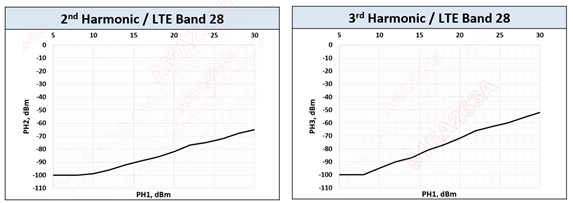
Figure 3. Second- and third-order harmonics of AZ5D25-01M under LTE Band 28.
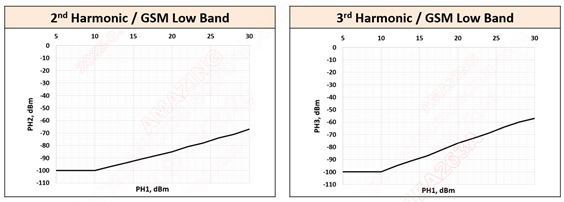
Figure 4. Second- and third-order harmonics of AZ5D25-01M under GSM Low Band.
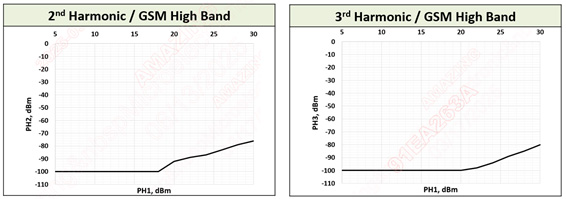
Figure 5. Second- and third-order harmonics of AZ5D25-01M under GSM High Band.
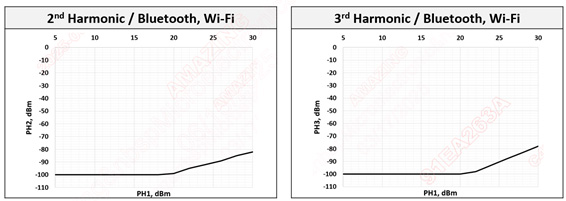
Figure 6. Second- and third-order harmonics of AZ5D25-01M under Bluetooth and Wi-Fi bands.